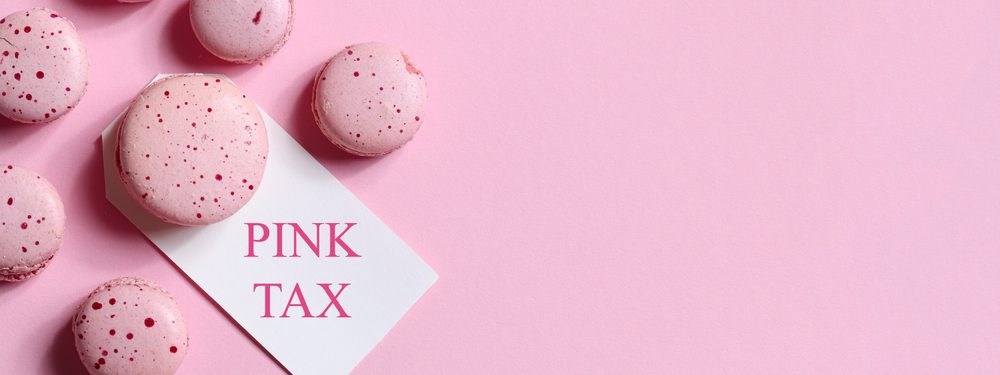
What is Pink Tax?
To fully understand what we set out to discuss in this article, we first have to explore what exactly “pink tax” is. And to do that, we have to turn our eyes to the field of gender studies, where researchers who specialize in gender inequality have long brought up the idea of a pink tax. This tax, as they explain it, is the markup on services and items that are marketed and aimed at women, while men would pay way less for the same type of item or service.
For example, let’s take razors into consideration. You would not think they would be different since they are the same product with a color variation, but the ones marketed to women are most often 30% to 40% more expensive than the ones for men, just because they are marketed toward women.
The issue of gender pricing, which has become known as the pink tax (due to marketing using a lot of pink for women’s products), came into the limelight a few years ago when New York City’s Department of Consumer Affairs set out and analyzed 794 products sold to all consumers of different ages and found a lot of instances of gender pricing.
Despite the issue coming up lately, it has been something that gender inequality researchers have been looking into, at least since the early 1990s.










